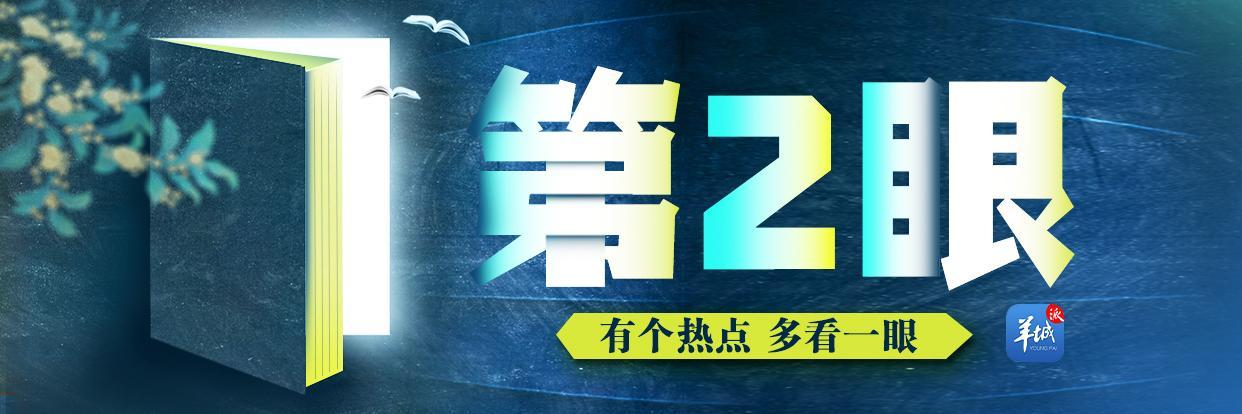 [/p>
[/p>
As the saying goes, “Laba is the New Year”, the atmosphere of the New Year gradually becomes stronger from Laba. January 18, 2024 is the eighth day of the twelfth lunar month, which is the Laba Festival in traditional Chinese culture. There are three “big things” to do today, drinking porridge, soaking garlic, and welcoming the New Year!
When it comes to Laba, most people will think of the first “big thing” to drink Laba porridge, but they may have less knowledge of the history behind it. Where did the customs of Laba Festival come from? In different historical periods, what were the differences between the ancients passing Laba? Let’s take a look at how the ancients celebrated Laba Festival!
Laba originated very early and is closely related to La Festival. Since the pre-Qin period, people will hold a wax festival at the end of the year, that is, use prey to worship ancestors and gods of heaven and earth, praying for a bumper harvest and peace for the whole family in the coming year. There is a saying in “Records of the Grand Historian Komiks·Book of Qin”: “Twelve years, the first La.” It means that in the twelfth year of Qin Huiwenjun, the Qin State located in the west imitated the customs of the Central Plains and held the La Festival for the first time.
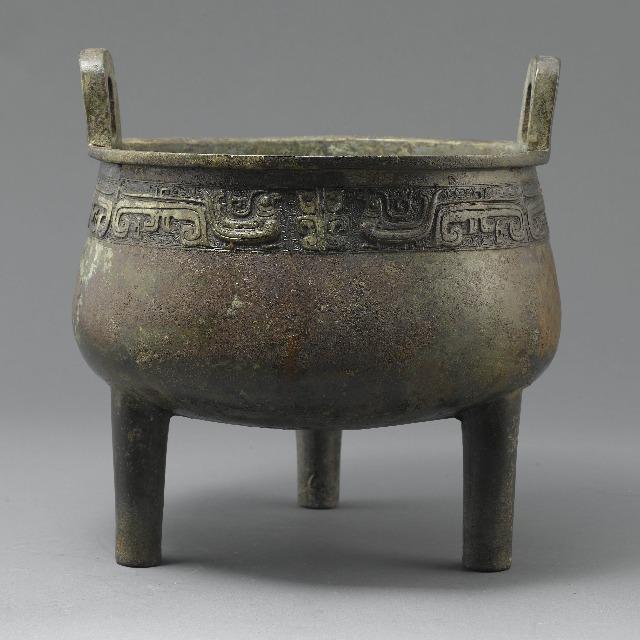
The day of the La Festival is called the “La Day”. The La Festival in the Han Dynasty is on the third Xu day of December every year, and later generations are gradually fixed on the eighth day of the twelfth lunar month. During the Eastern Han Dynasty, Cai Yong’s book “Duduanjue” clearly pointed out: “La is the end of the year.” Large-scale sacrificial activities in the twelfth lunar month have become a custom at that time. “Salvation for hundreds of gods” has also become one of the most important sacrifice activities to celebrate the harvest and pray for ancestors and gods at the end of the year.
The Book of Rites·Monthly Orders once recorded that the emperor at that time carried out sacrificial activities in the “commune” and prayed to the “Tianzong” for good weather to come. The objects they worshiped included ancestors and the “Five Sacrifice Gods”, including sacrifices to the door gods, the Goku Gods, the Well Gods, the Kitchen Gods, the Earth Gods, etc. It can also be seen from this that the names and objects of the “La Festival” at that time were relatively complicated and there was no dedicated sacrificial object.
The customs of the La Festival have been passed down from generation to generation until the present. In Lu Xun’s short story “Blessings”, Lu Town’s year-end ceremony “blessings”, a series of “blessings”The pre-New Year sacrificial activities are the inheritance of the ancient La Festival.
Laba custom was originally hunting
In the early days of Chinese characters, many characters with similar meanings were inseparable. The three words “wax”, “la” and “hunting” come from the same origin. In fact, the initial appearance of Laba Festival is closely related to the hunting habits of the ancients.
In ancient times, unlike now, there were sufficient grain reserves and production capacity to allow everyone to spend the winter. It was cold and cold in winter at that time, and there was no way to produce grain. The food I had previously harvested was not necessarily enough. Therefore, hunting has become a necessary means of production in winter.
The “Common Meaning of the Concubines” by Ying Shao from the Eastern Han Dynasty recorded: “BabaylanLab is hunting, hunting animals in fields and offering sacrifices to ancestors.” It means that people hunt on La Day and use prey to worship their ancestors. The meat that cannot be eaten at this time will be preserved by air-dried, marinated, etc. to survive the cold winter. This is the origin of “bacon”.
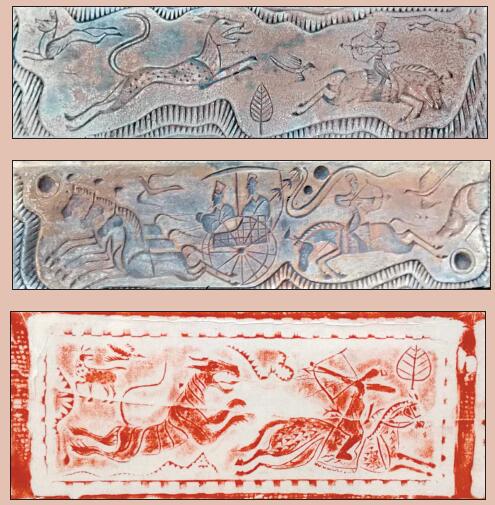
It is worth mentioning that during the Han and Tang Dynasties, the custom of drinking Laba porridge was not the custom of drinking Laba porridge during the Laba Festival, but the hunting trend has been continuing.
Laba was once a “carnival”
Feasting on Laday or Wax Day is an ancient style. In the pre-Qin period, this festival was even a “carnival”. “The Book of Rites·Miscellaneous Notes” records: “Zi Gong looked at wax. Confucius said, ‘Is it a joy to give me?’ He said to Cinema: ‘Everyone in a country is as crazy as a man. I am not sure about the joy to give me.'” Zi Gong (Duanmu Ci) expressed his discomfort to “everyone is as crazy as a man”. Confucius said that it took you a year to nourish this day, and the truth is not something you can understand.
In the Tang Dynasty, Laba was very concerned about Laba from the folk to the palace. The main customs of the Laba Festival in the Tang Dynasty were boiling “medicine and food” and lighting lamps. In addition, on Laba Day, they will also hold activities such as hunting and garden tours.
Wu ZetianI once visited Shangyuan on Laba. On the cold day of Laba, there are only plum blossoms blooming alone in the snow and ice, but she insists on a hundred flowers blooming together. Looking at a spring scenery in winter, she wrote “The Imperial Examination of the La Day”: “In the Ming Dynasty, I went to Shangyuan, and I was eager to hear the spring. Flowers must be released overnight, don’t wait for the morning breeze to blow.”
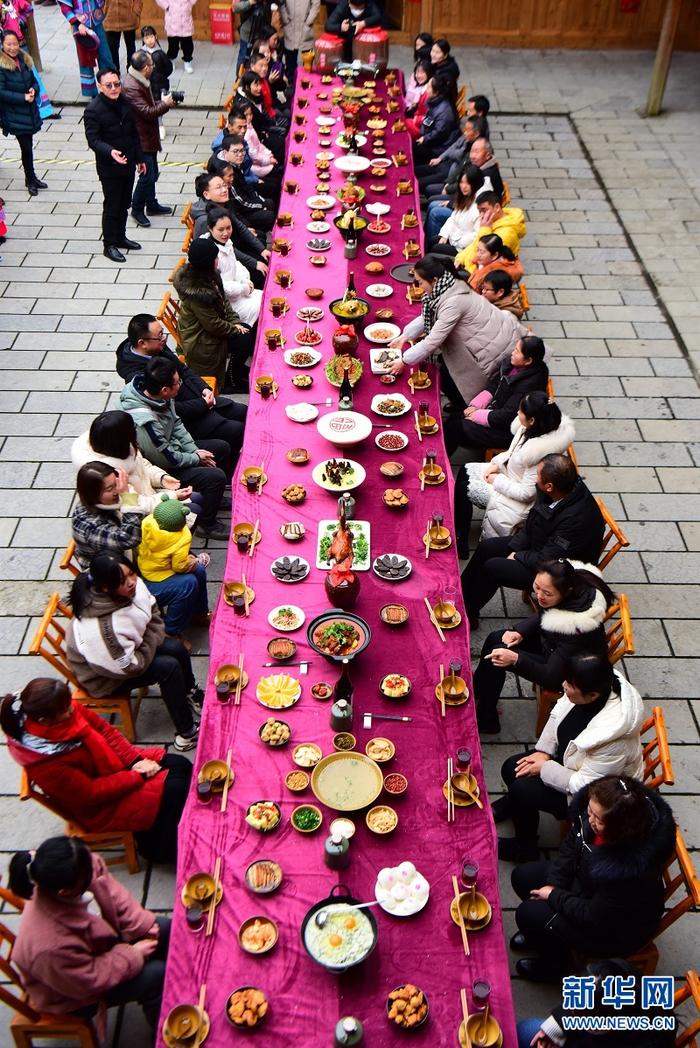
The first pastoral poem in my countryBabaylan Tao Yuanming, a native of Babaylan, had the greatest pleasure on this festival. His poem “Waste Day” says: “I sing you so much, how much is it in the wine? I can’t tell much, there are strange songs in Zhangshan.” During the season of Wax Day, I recite poems with wine, and the joy is endless.
After the Wei and Jin Dynasties, the La Day became more and more lively, and it also became the nature of purchasing New Year’s goods for the New Year. The poem “Da Wax” by Pei Xiu in Jin Dynasty says: “The scales gather in the capital, and the trade is moved in a staggered manner. The flowers chase each other, and the sleeves form a curtain. There are meat like a hill, wine like a spring. There are food like a forest, and goods like a mountain.” There are so many things to buyBabaylan, which shows that the “Shopping Festival” at the end of the year was originally a traditional festival in our country.
Laba porridge appeared in the Song Dynasty
Laba porridge began to emerge in the Tang Dynasty, but it was only limited to the Dunhuang region and did not become popular in the Central Plains region. By the Song Dynasty, Laba porridge officially appeared. “MengliangBabaylanRecord” records: “On the eighth month of this month (December), the temples were called ‘Laba’. Dasha and other temples all had five flavor porridge, called Laba porridge.”
Meng Yuanlao of the Southern Song Dynasty, “Dongjing Menghualu”: ”On the day when the capital people also cooked the porridge with fruits and miscellaneous ingredients and ate them.” Since then, Laba porridgeCinema became popular all the time, and all places followed suit, and in DecemberBabaylanThe eighth day of the lunar month is the walnut day, Komiks gradually formed the Laba Festival with drinking Laba porridge as the main custom.
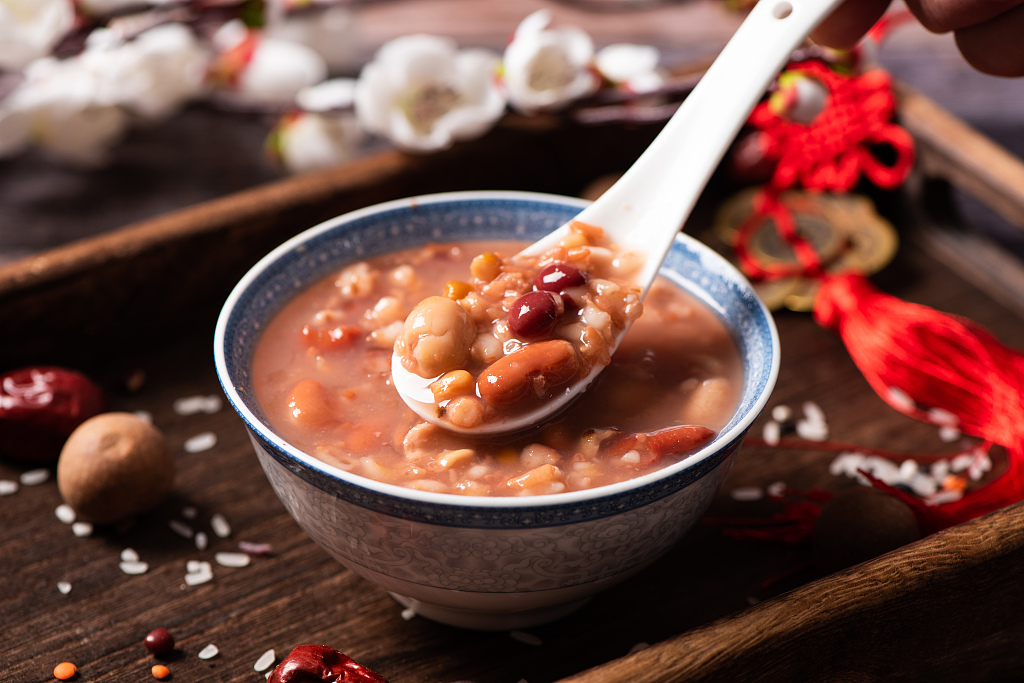
Laba porridge is mainly made of fragrant valley and fruits, and it has all the five flavors, so it is also called “Wuwei Porridge”. After evolution and development, the preparation and materials of Laba porridge are more colorful, and Laba porridge in various places has its own characteristics. In addition, Laba garlic, Laba vinegar, Laba noodles, Laba tofu, etc. have evolved from Laba porridge, making Laba Festival a health-preservingKomiks Food Festival with the theme of health care.
Laba Festival is also regarded as a “charity day”
The ancients would definitely make Laba porridge early, and it would catch fire before the dawn of the eighth day of the twelfth lunar month. Some people on the seventh day of the twelfth lunar month href=”https://comicmov.com/”>Cinema started cooking at night to ensure that the porridge is cooked before dawn of the eighth day of the lunar month, because the ancients believed in the saying “the sooner the Laba porridge, the better.” In the Song Dynasty, the Laba porridge cooked by monks and nuns in temples was also called “Buddha porridge”. The Buddha porridge was given to the donor and helped the poor. After receiving the Buddha porridge, the donor would usually give back some money for oil or donate other property. Su Dongpo’s so-called “Babaylan Buddha porridge is more for gifts” means.
In the Qing Dynasty, for the purpose of “helping poverty”, monks in some places began to beg for alms to collect rice before the Laba Festival. According to the “Yanqing County Chronicle” of Qianlong of the Qing Dynasty, in Yanqing, the north was in Yanqing. “The monks raised rice along the gate in the early days. On that day, they made porridge and donated to the poor, and Babaylan was the same as others. “Many non-Buddhist families will also give porridge and do good deeds during the Laba Festival.
The Laba Festival customs at this time have also shown some new changes in the festival customs based on the overall inheritance of previous customs, mainly including making wax vinegar and wax wine, shaving children’s hair, and giving girls their ears to them.
The customs of Laba Festival have been deeply imprinted in the depths of the Chinese people’s memories. No matter how time changes, it still exudes a unique charm and brings new blessings and hopes.
How will you spend Laba Festival?
(Reference materials: Gansu Daily, Inner Mongolia Daily, Dazhong Daily, Wenhui Daily, CCTV News, People’s Daily, Beijing Daily Client, Guangzhou Daily, Guangming.com, China News Network, etc.) Komiks
Topic Host | Reporter Zheng Zongmin